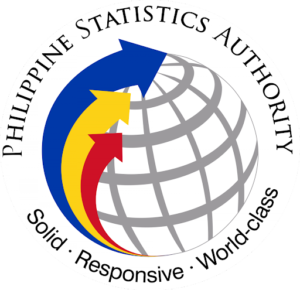The country’s inflation rate accelerated month-on-month in December 2024 due to higher prices of housing, energy and transport costs in the Philippines, the Philippine Statistics Authority reported on Tuesday, January 7.
Data from the PSA showed that the country’s headline inflation quickened to 2.9 percent in December, faster than the 2.5 percent recorded in November but lower than December 2023’s 3.9 percent.
Inflation increased for the third consecutive month in December, following higher rates in November and 2.3 percent in October.
Core inflation rose to 2.8 percent in December, up from 2.5 percent in November 2024.
However, the average inflation rate for 2024 remains significantly lower compared to the 6 percent average recorded in 2023.
During a press conference, National Statistician and PSA chief Undersecretary Dennis Claire Mapa attributed the rise in December 2024 inflation—reflecting the rate of price increases for goods and services—to higher costs in electricity, housing rentals, and LPG, which collectively accounted for 56.2 percent of the increase.
Meanwhile, rising transportation costs, including gasoline, diesel, and passenger transport by sea, contributed 46.9% to the inflation uptick. Notably, inflation for passenger sea transport surged dramatically to 71.9 percent from 17.1 percent in November, while LPG inflation climbed to 7.8 percent.
“This [passenger transport cost inflation hike] is seasonal [in December when people travel for the holiday season]. The rental inflation is 2.4% compared with 2.2% in November 2024,” Mapa said.
“Of course, there are changes in the contract [for renewal]. These include studio types, one bedroom, two bedrooms,” Mapa added.
Inflation for recreation, sports, and culture rose slightly from 2.4 percent in November 2024 to 2.5 percent in December 2024.
Meanwhile, food inflation for December 2024 stood at 3.5 percent, which has the same rate in November 2024. Rice inflation also slowed to 0.8 percent, the lowest since January 2022.
“Iyong inflation rate sa bigas ay bumababa na. In fact, baka mayroon tayong expectation na maging negative na ‘yong inflation sa rice sa January. That’s part of the good news,” Mapa said.
Year-on-year inflation
Mapa noted that the annual average inflation rate dropped to 3.2 percent in 2024, mainly due to lower inflation for food and non-alcoholic beverages, which decreased to 4.4 percent from 7.9 percent in 2023.
Specifically, food inflation slowed significantly from 8 percent in 2023 to 4.5 percent in 2024.
The decline in the annual average inflation for housing, water, electricity, gas, and other fuels, which dropped to 1.7% in 2024 from 4.9% in 2023, also contributed to the overall decrease in inflation for 2024.
Except for education services, the indices for other commodity groups showed a decrease in their annual average inflation in 2024 compared to 2023. Financial services, in particular, saw a decline, with an average inflation of 0.6% in 2024, down from a zero percent average in 2023. (TCSP)




